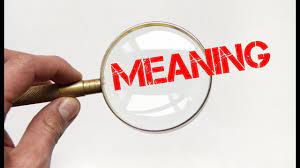About a year ago I developed a brand strategy lite document for a local math tutor I was mentoring through the Venture Asheville Elevate program. Here are the first two slides from that presentation:
(Slide 1)
Caveats:
- The brand claim is not a tagline.
- (Brand name) is well-named but not well understood. It’s our job to add meaning.
- Lastly, the work has only just begun. You need to build the brand through deeds, proof(s) and culture…and new service offerings.
(Slide 2)
Precis:
- A brand strategy, carried out effectively, is easily played back in research by customers thanks to its clarity, succinctness and endemic values.
- Marketing’s job is to deliver the strategy through product and tactics.
- All tactics and communications should make deposits in the brand bank (not withdrawals).
I must have been having a good day because these couple of slides, with the exception of the well-named bullet, apply to all my clients — large and small.
(Just to level-set, my definition of brand strategy is “an organizing principle for product, experience and messaging.” And my brand strategy framework is “1 claim and 3 proof planks.”)
People on Quora often ask what’s the difference between a brand and a product. Someone smart once said “a brand is an empty vessel into which we pour meaning.” Adding meaning is what a brand strategist does. Organizing and prioritizing meaning. How do you do that? Not through words which is the most common mistake of marketers. You add meaning through deeds, proof and culture (which enables more deeds and proof.)
The end result of brand work is consumer understanding. Not awareness. Understanding that is programed in by the brand manager. When consumers play back the specific brand values you promote (via research), you and your agents are doing your job.
Frankly, it’s quite easy. Once you have a plan. A brand plan.
Peace.



